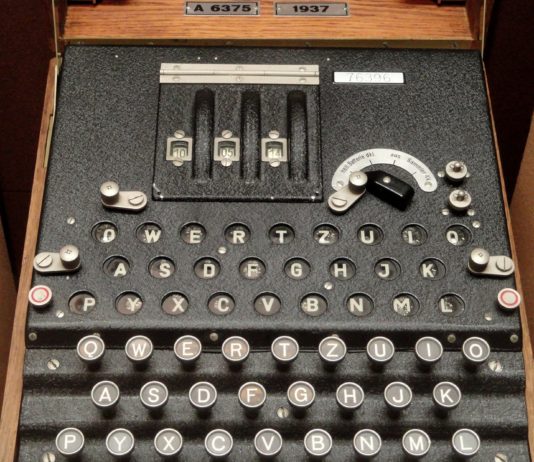Making sense of your ERP and CRM systems metadata using smart modeling
Accessing and using metadata from large, complex and often highly customised ERP and CRM packages presents a significant challenge for even the most highly evolved and functional data modeling and architecture tools.

If you have ever watched The imitation Game or Enigma movies or read accounts of how the team of code crackers at Bletchley Park performed cryptanalysis to solve the Enigma code, then you’ll be pleased to hear that you don’t need Alan Turings Bombe machine, or anything similar, to decipher and make sense of the data structures of ERP and CRM systems.
The normal method of finding metadata associated with systems is to reverse engineer the data model from the RDBMS’ System Catalog. However, whilst this is possible, the results are of almost no value. There are a few reasons for this:
- The System Catalog contains no business names for tables, attributes and other objects rendering it difficult to know what each object means.
- There are no primary and foreign key constraints defined in the database so trying to find out how tables are related is virtually impossible.
- The size of the data model, for example an SAP system has over 90,000 tables, means that a data modeling tool would be swamped by the amount of information extracted. And with no relationships or business names available the result is an unwieldy, unnavigable mess.
The outcome is that enterprises spend extra time and resource trying to work out what objects they need for a particular project using the largely manual methods they have employed in the past. These can hold up realisation of project benefits by delaying delivery and reduce the trust the business has in the data. Each project that needs information from one of these systems will go through the same process again and again unless a different approach is taken.
The key to this is to use a smarter, faster and more effective approach to enterprise data modeling in the context of ERP and CRM packages from SAP, Oracle, Microsoft and even Salesforce which solves these ongoing challenges. This involves using specialist metadata discovery software which can find and extract the useful metadata – business names, relationships and more, and which can then be used to analyse and subset it into models that represent what is needed in the context of a project and share that with erwin Data Modeler.
As well as delivering more meaningful and useful data models, this approach can be used across multiple projects and so avoid the time and cost of constantly reinventing the wheel when looking for metadata to provision erwin data models.

Safyr from Silwood Technology offers a solution to the problem of accessing and using metadata from these packages. It is designed and developed to enable you to access and liberate the metadata from your ERP and CRM systems in a way that gives a ‘business’ meaning and understanding to the data landscape which underpins this monolithic environment. It complements the capabilities of erwin Data Modeler by providing it with accurate and fully populated data models quickly and automatically.
Sandhill’s 30 minute webinar briefly introduces the challenges of making sense of the metadata that defines your ERP and CRM systems and how the combination of erwin and the Safyr Option can help you to ensure that data models from even the largest and most complex ERP and CRM systems can be quickly and easily incorporated in your data initiatives.
Watch our demonstration of erwin Safyr Option to see how erwin and Silwood tackle understanding complex ERP and CRM systems metadata.
Content provided by Roland Bullivant (Silwood Technology), Edited by Jog Raj (Sandhill Consultants)
